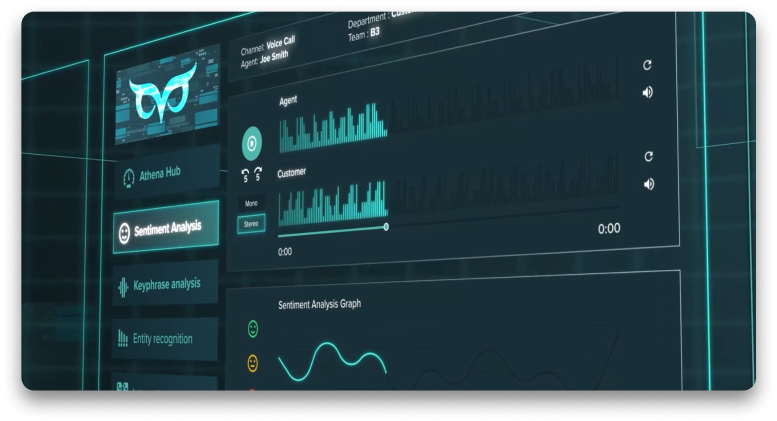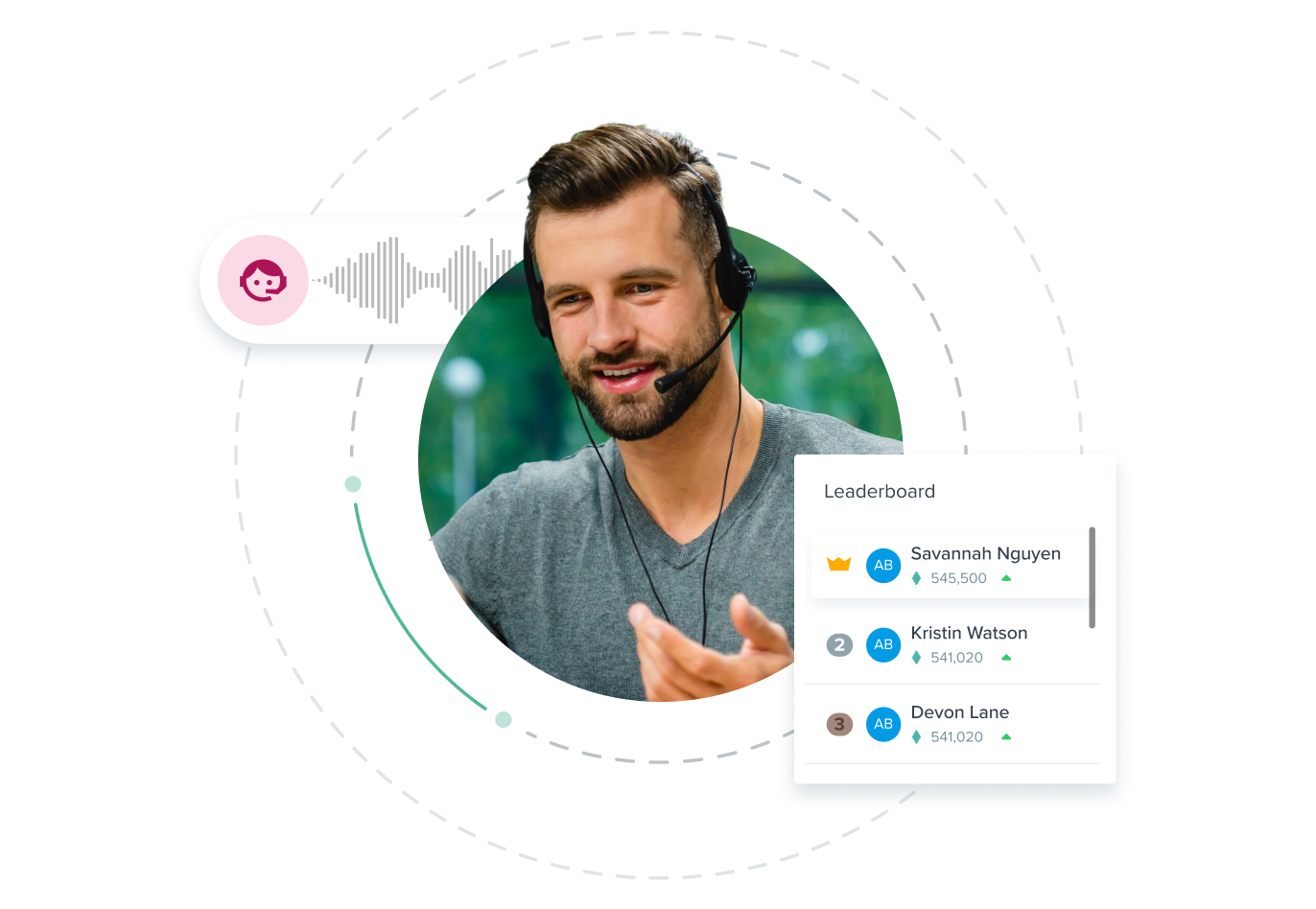Types of Automatic Dialer Solutions
Automatic Dialer solutions are the backbone of contemporary contact centers and sales teams, facilitating efficient outbound calling processes essential for business success. In today’s tech-driven landscape, the initial phase of lead conversion heavily relies on these behind-the-scenes procedures. Dialer software significantly enhances efficiency by automating and optimizing outbound dialing processes, enabling targeted calls and increasing the likelihood of successful outcomes.
Choosing the right automatic dialer is essential, as it directly impacts lead opportunities, sales closures, and customer relationships. The right automatic dialer solution can mean the difference between maximizing productivity and squandering resources on unproductive calls.
However, there are many different types of automatic dialer, and each of them will suit some types of businesses better than others. In this article, we’ll delve into the different types of automatic dialer software, how they work, and what types of businesses will benefit the most from each.
Four main types of automatic dialer are available, each distinguished by specific strengths and weaknesses arising from variations in design, functionality, and performance. Let’s go through them.
Progressive Dialer
The Progressive dialer functions by automatically initiating calls from a preset list when an agent indicates availability. If a call goes unanswered, the dialer proceeds to the next number until connecting with a live person. Agents indicate readiness, prompting the dialer to sequentially call from the list, ensuring each agent handles one call at a time. This minimizes abandoned calls and maintains control over call pace.
Upon call completion, the dialer automatically moves to the next number, streamlining the process. Businesses that prioritize immediate connections and personalized interactions, such as sales organizations and contact centers, stand to benefit the most from the Progressive dialer’s efficiency. However, agents may encounter challenges in multitasking, accessing customer information while engaged in conversation, which can be a hurdle for some.
Predictive Dialer
Predictive Dialers operate differently from other types of Automatic Dialer systems by employing advanced algorithms to forecast when agents will be available. This allows them to initiate several calls simultaneously, aligning with the expected availability of agents. As the system progresses, it filters out unanswered calls and connects live calls directly to available agents, effectively reducing idle time and maximizing agent productivity.
Despite their efficiency in boosting call volume and engaging agents more consistently, predictive dialers can encounter a downside: abandoned calls. These occur when the system connects a call to a customer but fails to assign it to an available agent, leaving the customer hanging. This can have a negative impact on both customer experience and overall operational efficiency, as unresolved calls contribute to frustration and potential loss of business.
Due to their ability to handle high call volumes effectively, predictive dialers are best suited for industries with extensive outbound calling needs, such as telemarketing and debt collection. These sectors typically prioritize reaching out to a large number of leads or debtors efficiently, making predictive dialers an integral tool in their operations. Despite the risk of abandoned calls, the benefits of increased call volume and agent engagement outweigh the drawbacks for businesses that rely on such high-volume campaigns.
Preview Dialer
The Preview dialer represents a departure from the automatic initiation of calls seen in other dialer systems. Instead, it empowers agents by providing them with the opportunity to review relevant customer information before deciding to make a call. This functionality enables agents to tailor their approach and responses to each customer, fostering more personalized interactions that resonate with the recipient.
By allowing agents to control the timing of calls, the preview dialer ensures thorough preparation, enhancing the quality of communication and potentially leading to more successful outcomes. Agents can take the necessary time to familiarize themselves with the customer’s history, preferences, and specific requirements, thereby increasing the likelihood of a positive interaction.
However, it’s important to note that this personalized approach can come at a cost in terms of efficiency. Preview automatic dialers may be slower compared to other dialer systems since agents have to manually decide when to initiate calls. This necessitates effective time management on the part of agents to balance preparation with productivity. Despite the potential for slower call initiation, preview dialers are particularly well-suited for industries that prioritize personalized interactions.
Businesses involved in B2B sales and customer support scenarios, where in-depth knowledge of the customer and a personalized approach are crucial, can benefit greatly from the capabilities of preview dialers. The ability to engage with customers on a more personal level can lead to stronger relationships, increased customer satisfaction, and ultimately, improved business outcomes.
Power Dialer
The Power dialer streamlines outbound calling processes by automating the dialing of numbers from a contact list, swiftly connecting answered calls to available agents. This automation significantly boosts agent efficiency by eliminating the need for manual dialing and ensuring that agents spend more time engaged in live conversations with customers.
However, one drawback of power dialers is their limited provision of customer identifying information to agents. Unlike other dialer systems that may display customer details upon call initiation, power dialers often lack this feature, requiring agents to gather relevant information during the conversation itself. Despite this limitation, power dialers remain highly beneficial for industries focused on outbound sales and lead generation. Telemarketing firms and debt collection agencies, in particular, can leverage the efficiency of power dialers to increase call volume and optimize agent productivity.
If you enjoyed reading this, you might also be interested in…
Customer Service AI
Conversational AI
Contact Center Artificial Intelligence
AI Based Call Centre



